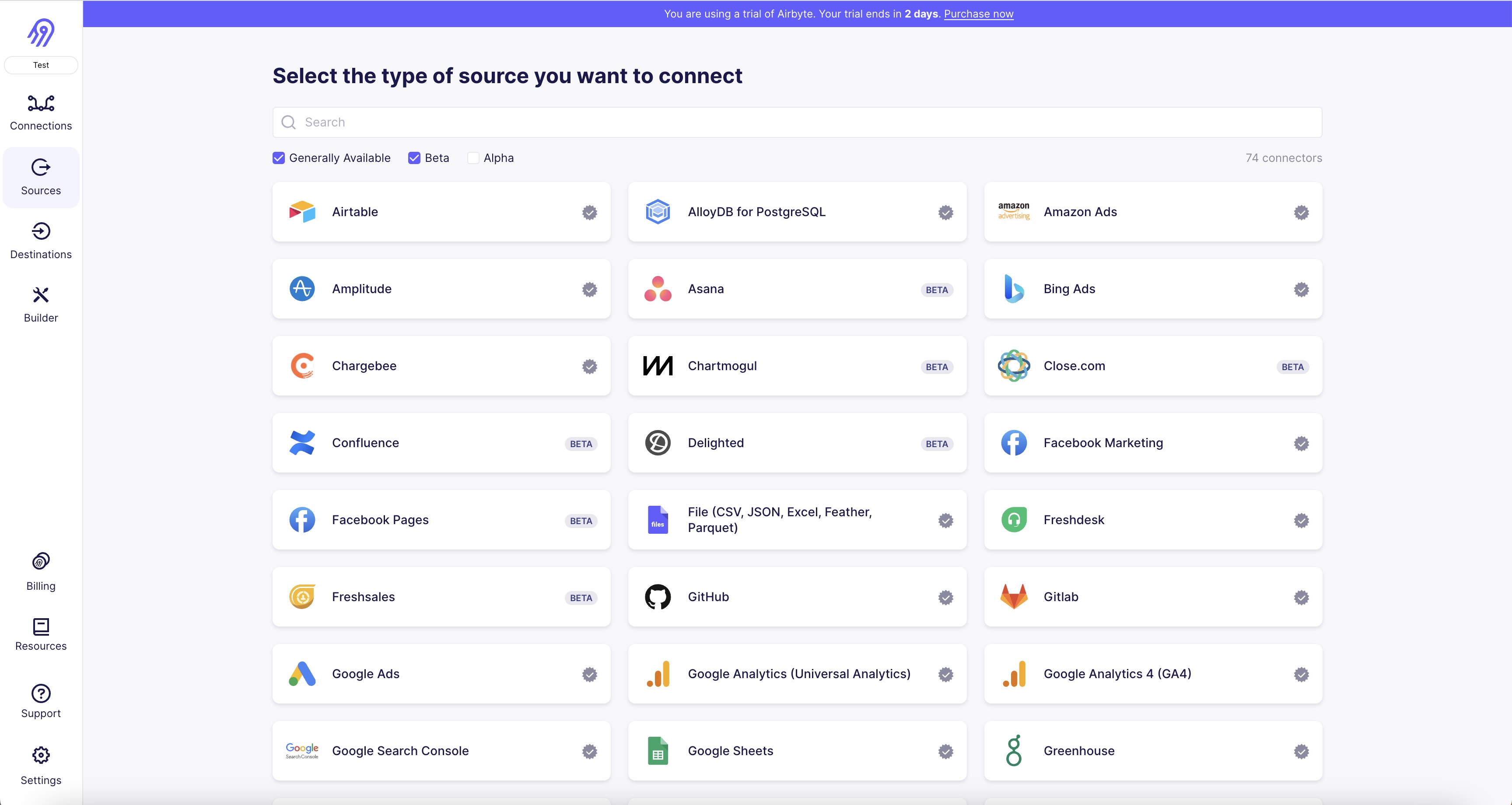EmailOctopus provides simple and powerful tools to increase your business at affordable pricing and it can easily build relationships, accelerate lead generation and transform subscribers into customers. EmailOctopus is a low-cost email marketing platform that provides businesses, creators and marketers with the essential features they need to grow their mailing list and engage their audience. You can manage and email your subscribers for far cheaper through EmailOctopus. It provides clear analytics on campaign performance, allowing users to track every open, click, bounce and unsubscribe to optimize marketing efforts.

1. First, navigate to the EmailOctopus source connector page on Airbyte.com.
2. Click on the "Create new connection" button.
3. Enter a name for your connection and click "Next".
4. Enter your EmailOctopus API key and click "Test".
5. If the test is successful, click "Next".
6. Select the lists you want to sync and click "Next".
7. Choose the frequency of your sync and click "Next".
8. Review your connection details and click "Create connection".
9. Your EmailOctopus source connector is now connected and ready to use.


With Airbyte, creating data pipelines take minutes, and the data integration possibilities are endless. Airbyte supports the largest catalog of API tools, databases, and files, among other sources. Airbyte's connectors are open-source, so you can add any custom objects to the connector, or even build a new connector from scratch without any local dev environment or any data engineer within 10 minutes with the no-code connector builder.
We look forward to seeing you make use of it! We invite you to join the conversation on our community Slack Channel, or sign up for our newsletter. You should also check out other Airbyte tutorials, and Airbyte’s content hub!
What should you do next?
Hope you enjoyed the reading. Here are the 3 ways we can help you in your data journey:



What should you do next?
Hope you enjoyed the reading. Here are the 3 ways we can help you in your data journey:



Ready to get started?
Frequently Asked Questions
EmailOctopus's API provides access to a wide range of data related to email marketing campaigns. The following are the categories of data that can be accessed through the API:
1. Lists: Information about the email lists created in EmailOctopus, including the number of subscribers, list name, and list ID.
2. Subscribers: Data related to the subscribers on the email lists, including their email address, name, and subscription status.
3. Campaigns: Information about the email campaigns created in EmailOctopus, including the campaign name, ID, and status.
4. Reports: Data related to the performance of email campaigns, including open rates, click-through rates, and bounce rates.
5. Templates: Information about the email templates created in EmailOctopus, including the template name, ID, and content.
6. Automations: Data related to the automated email campaigns created in EmailOctopus, including the automation name, ID, and status.
7. Webhooks: Information about the webhooks set up in EmailOctopus, including the webhook URL, event type, and status.
Overall, EmailOctopus's API provides access to a comprehensive set of data that can be used to analyze and optimize email marketing campaigns.
